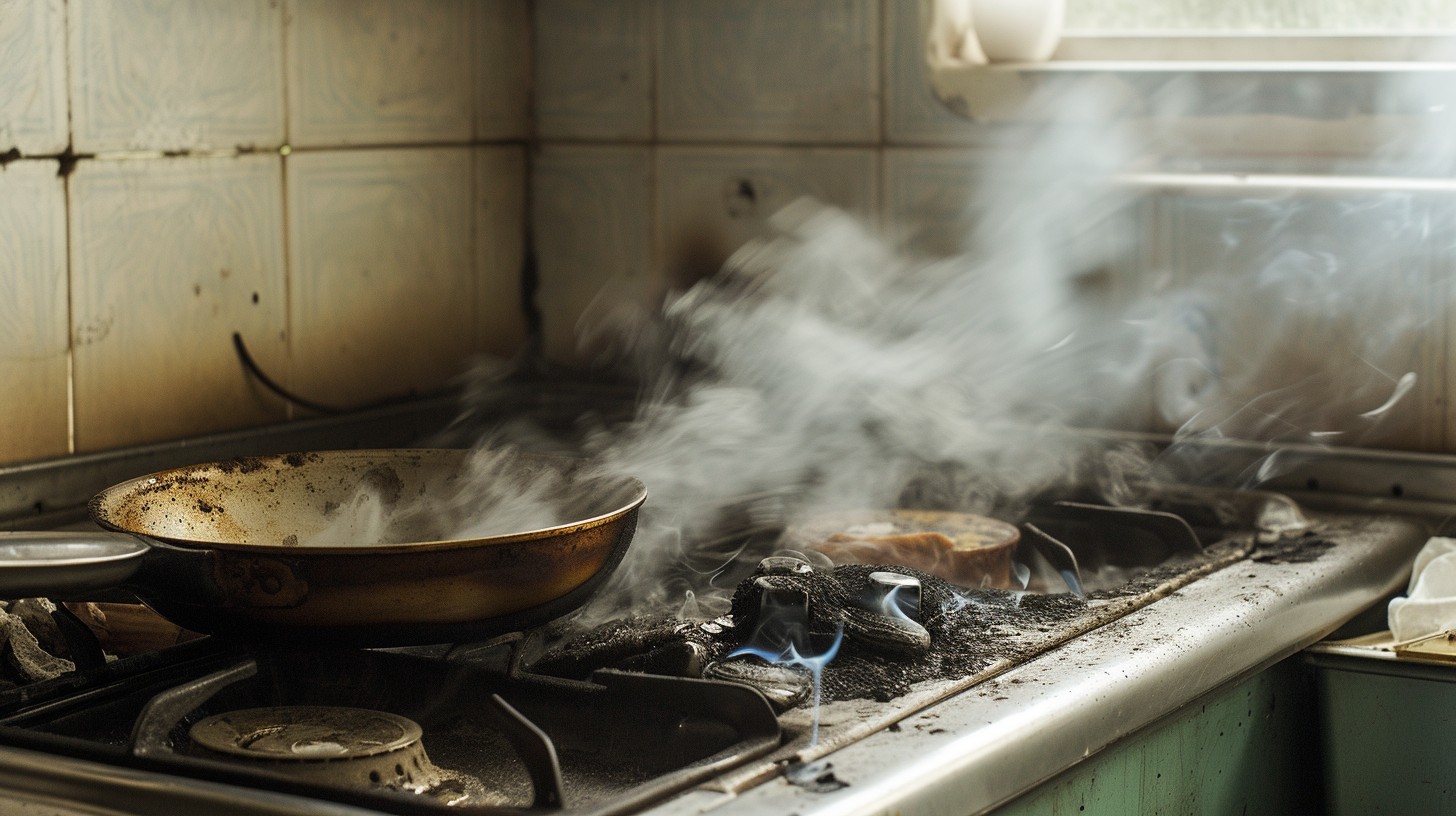Building insurance protects your investment from potential risks and damages. What you’re about to read is an examination of all the details and important factors that affect building insurance for flats. We will distinguish between freeholder and leaseholder coverage, outline what’s typically covered, and examine all the relevant factors that influence premiums.
We’ll also help you figure out how to select the right policy for you, and some alternatives you might want to consider.
What Building Insurance for Flats Means
What is building insurance for flats? Building insurance for flats is a type of insurance that covers the structure of the building itself. While flat owners legally own their individual units, the building is typically owned and maintained by a residents’ association or property management company. Therefore, building insurance protects against the financial consequences of damage to the building caused by risks such as fire, flood, and theft.
Why’s All That important?
Building insurance protects flat owners’ investments and guarantees compliance with legal regulations. Flat owners must understand the differences between freeholder and leaseholder insurance policies, as well as how residents’ associations manage shared residential properties. The differences are influenced by the building’s size, resident relationships, and local and regional regulations.
Types of Building Insurance for Flats
The primary types of building insurance for flats include flat insurance, freeholder insurance, and leaseholder insurance. Each is designed to address specific ownership circumstances and responsibilities.
Freeholder Insurance vs. Leaseholder Insurance
Freeholder insurance and leaseholder insurance are two types of building insurance that serve distinct purposes. Freeholder insurance covers the entire property, while leaseholder insurance is designed for individual flats and the contents belonging to tenants.
Freeholders, who own the entire building, are typically responsible for obtaining comprehensive insurance policies that protect the structural integrity and communal areas of the property, including liability coverage for the shared spaces. On the other hand, leaseholders, who lease specific flats, usually require policies that cover their personal belongings and any improvements made within their flats.
The policies may also include coverage for theft, damage, or liability claims within the flat, highlighting the distinct responsibilities associated with each type of ownership.

Coverage and Limitations of Building Insurance
Every flat owner must understand the scope and limitations of building insurance to receive adequate cover against potential risks, such as structural damage, theft, and fire-related losses.
So What is Covered and What is Not?
While insurance policies are usually different and may be customised to individual needs, the fundamental functions of building insurance may be summarised as follows:
Building insurance specifically covers the physical structure of the building, including walls, roofs, ceilings, windows, floors, and built-in appliances such as air conditioning units. It typically includes coverage for permanent fixtures that are integral to the building’s structure, including plumbing, electrical systems, and heating systems.
The extent of coverage varies by policy, but building insurance generally covers the following types of damage:
- Fire and smoke damage
- Natural disasters such as earthquakes, floods, and hurricanes
- Theft and vandalism
- Civil unrest
- Damage caused by the actions of neighbours
However, building insurance does not cover certain types of damage, including:
- Damage from insect infestations and pests
- Damage due to natural wear and tear
- Accidental damage
- Damage from natural disasters not specifically covered by the policy or deemed too risky by the insurer
To protect against personal property damage or theft, one must get content insurance which safeguards against damage or loss of personal property, including furniture, electronics, and other valuables inside the building but not part of its physical structure. The coverage provided by contents insurance may be customised, but it typically includes protection against:
- Theft, vandalism, and fire
- Civil unrest
- Broken pipes and plumbing issues
- Damage to appliances
- Damage from natural disasters
Like building insurance, contents insurance also has exclusions, which commonly include:
- Damage caused by mould, wear and tear, and similar natural degradation
- Damage from insect infestations and pests
- Damage from natural disasters such as floods or earthquakes
- Damage not directly linked to the insured peril
Both building insurance and contents insurance are required for comprehensive protection, . In some cases, building insurance and contents insurance may be purchased together for added convenience.

Factors that Affect Building Insurance Premiums
The key factors that can influence building insurance premiums include the property’s total value, the age and condition of the building, and the specific cover details outlined in the insurance quote.
Location, Age, and Condition of the Flat
The location, age, and condition of your flat are key risk factors that influence your building insurance coverage and premium rates. The factors determine the likelihood of claims and reflect the overall safety of the neighbourhood.
A property located in a high-crime area may result in increased premiums, as insurers perceive a greater risk. Additionally, the market value of the flat could directly affect coverage limits; a higher market value typically necessitates more comprehensive coverage.
How to Choose the Right Building Insurance for Your Flat
Check out the benefits of the policy, the extent of financial coverage, and the level of detail in the provided documentation. You should also carefully examine policy limits and exclusions. Are the types of disasters and liabilities you may face adequately covered?
Another thing to evaluate is the claims process, as understanding how claims are managed can prevent issues later on. Furthermore, you should never overlook enquiries about premiums and potential discounts should not be overlooked, as they might help you secure appropriate coverage at a reasonable price.
Alternatives to Building Insurance
Building insurance matters for flat owners, but there are alternatives available for those renting out their properties short-term or for investment purposes.
The alternatives include:
- Tenant insurance
- Contents insurance
- Landlord insurance
Other Types of Insurance for Flats
Tenant Insurance: Designed to protect tenants and their personal belongings from loss or damage caused by theft, fire, or other unforeseen events. Tenant insurance typically includes liability coverage, which safeguards against claims arising from accidental damage to the property or injuries to others within the rented premises. As such, it serves as a valuable complement to tenants’ insurance.
Contents Insurance: Contents insurance for flats is intended to protect valuable items and belongings that tenants or owners keep inside their residences. It applies in the event of theft, fire, or damage from natural disasters.
Landlord Insurance: Landlord insurance is specifically designed for individuals who rent out their flats to tenants. The insurance usually includes coverage for property damage and loss of rental income if the flat becomes uninhabitable due to damage.
Frequently Asked Questions
Is building insurance for a flat mandatory?
In most cases, building insurance for a flat is not mandatory. However, if you have a mortgage, your lender may require you to have building insurance to protect their investment in your property.
What happens if I don’t have building insurance for my flat?
If you don’t have building insurance for your flat, you will be responsible for covering the costs of any damages or repairs that may occur. That could be quite costly and will likely put you at great financial risk.
Should I get building insurance for a flat if I rent it out?
Yes, you could still get building insurance for a flat if you are renting it out. In fact, it is highly recommended to have the insurance in place to protect your investment as a land
/
